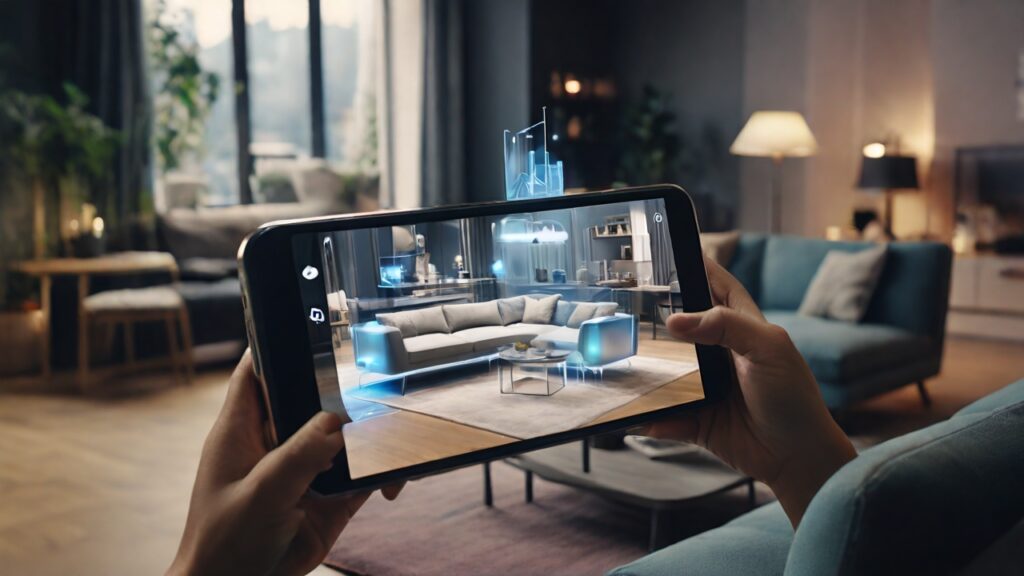
Augmented Reality (AR): a term so fancy, it could sweep you right off your feet. It’s not just about those cute Snapchat filters or the infamous Pokemon Go game anymore. AR has grown up, donned a suit, and is ready to take on the professional world, including the realm of User Experience (UX). Accordingly, we are here to delve into the world of “Augmented Reality UX” and how it’s revolutionizing our daily lives.
What’s that? You’ve never heard of Augmented Reality UX? Well, buckle up ladies and gentlemen, because you’re about to embark on a futuristic ride. Augmented Reality UX, or AR UX for those of us who prefer to save our breath, refers to the User Experience design in the context of Augmented Reality applications.
Now, you might be thinking, “Isn’t AR all about superimposing digital images onto our real-world view?” To which I would reply, “Spot-on, my friend!” But it’s not just about slapping some 3D models onto our environment and calling it a day. No, no. The real challenge lies in creating an engaging, intuitive, and seamless user experience. And that, my friends, is where AR UX comes into play.
AR UX is like the puppet master behind the scenes, orchestrating every interaction between user and application. It’s all about making that augmented reality feel just like…well, reality. The goal here is to make the user forget they’re interacting with technology at all. It’s like that friend who’s always there but never makes a big deal about it.
But how does AR UX fit into our everyday lives? Imagine this: You’re roaming around IKEA, and you spot a gorgeous, sapphire-blue couch. But you’re not sure if it’ll match your living room decor. Enter AR UX: You whip out your smartphone, activate IKEA’s AR app, and voila! You can now see how the couch looks in your living room, all without having to do any heavy lifting.
Imagine no more guessing, no more “I hope this fits” moments. AR UX is turning the trial-and-error process into a thing of the past. It’s like having a personal assistant who can instantly visualize any product in your space before you make a purchase.
But it’s not just about shopping. AR UX is permeating various industries like education, healthcare, and even tourism. It’s like a chameleon, blending into whichever field it’s applied, and enhancing the user experience manifold.
However, like any technology, AR UX isn’t without its challenges. Designing for an immersive, 3D environment is no walk in the park. It’s like trying to compose a symphony, where each element needs to be in perfect harmony. From gestural interaction to information design, each aspect of AR UX requires meticulous attention to detail.
But despite the hurdles, AR UX is here to stay. It’s like that guest who arrived fashionably late to the party but now is the life and soul of it. And as it continues to evolve, we can expect our everyday interactions with technology to become even more seamless, intuitive, and engaging.
So there you have it, folks. Augmented Reality UX: turning our humdrum realities into interactive playgrounds, one digital overlay at a time. It’s like living in the future, only it’s happening right here, right now. Now, isn’t that something to marvel at?


